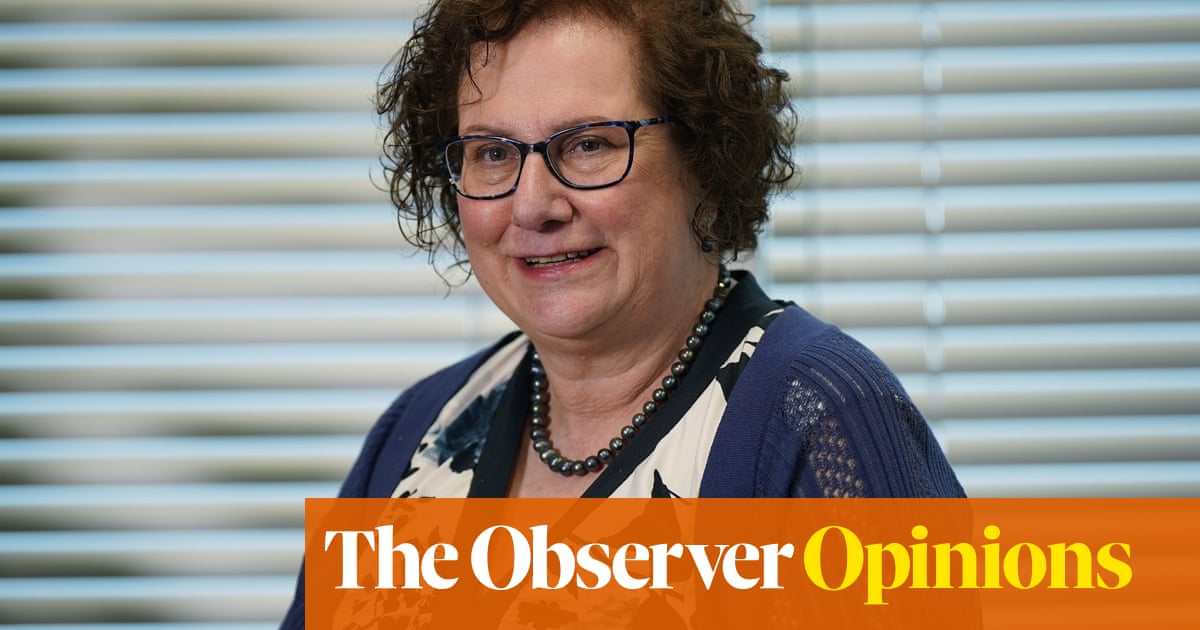
Regional flare-ups of coronavirus cases in England after rules are eased will be tackled with “local lockdowns”, the health secretary has said.
Matt Hancock told the No 10 daily press briefing the ability to tighten restrictions in individual regions would be part of the NHS test, track and trace system, which is due to expand on 1 June.
Hancock said: “We will have local lockdowns in future where there are flare-ups and we have a system we are putting in place with a combination of Public Health England and the new joint biosecurity centre, along with the local directors of public health who play an absolutely crucial role in the decision-making in the system, to make sure if there is a local flare-up there is a local lockdown.
“And so local lockdowns will be part of the future system that we put in place as part of the NHS test-and-trace system.”
The government’s road map for easing lockdown restrictions has set out how the joint biosecurity centre would have a “response function” that could address local spikes in infections, in partnership with local public health agencies, and impose restrictions.
Earlier this month, the communities secretary, Robert Jenrick, said it was the government’s “strong preference” that lockdown measures are lifted at the same time across the country. However, he said some restrictions could be reimposed at a local level if required.
“Our strong preference is that the whole country moves as one,” he said. “But if, as we build up our infrastructure for testing and tracking and tracing, in time it is required for us to make interventions in smaller micro-communities where you are seeing the virus take hold again, then that will be something that we consider as other countries around the world have done when they have implemented effective track and trace systems.
“But that is quite different from making major changes to lockdown measures in one part of the country versus another.”
The latest figures on confirmed cases show they are relatively high in north-east England, with 495 confirmed cases per 100,000 population in Sunderland, 493 per 100,000 in Gateshead and 491 per 100,000 in South Tyneside.
In parts of south-west England, the figures are as low as 105 per 100,000 (South Somerset), 96 per 100,000 (Dorset) and 95 per 100,000 (West Devon). Barrow-in-Furness (with 831 confirmed cases per 100,000) in Cumbria has the highest figure both for England and the whole of the UK.
Some regions may have done more testing than others, so they will have detected more cases.












